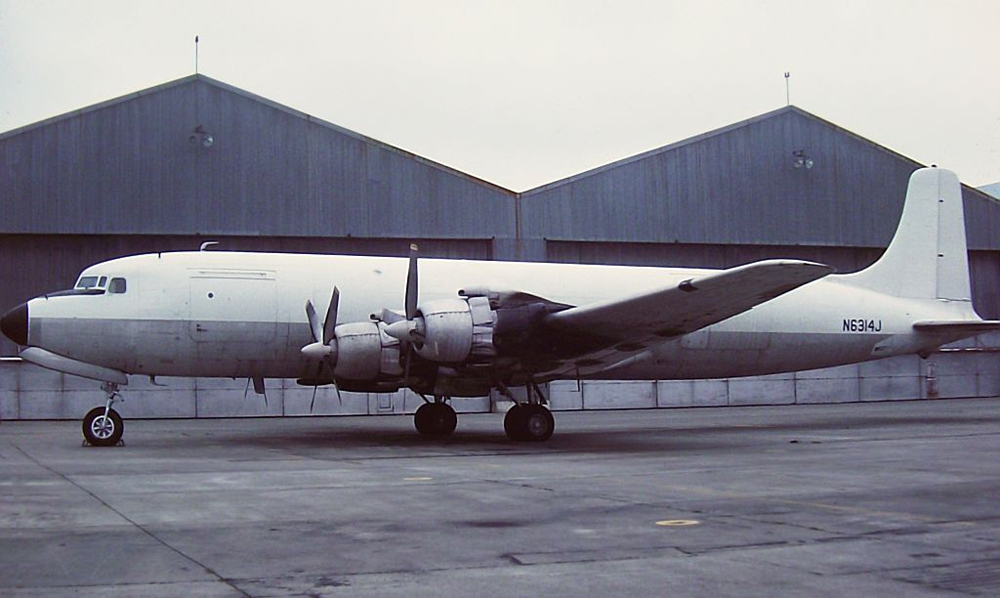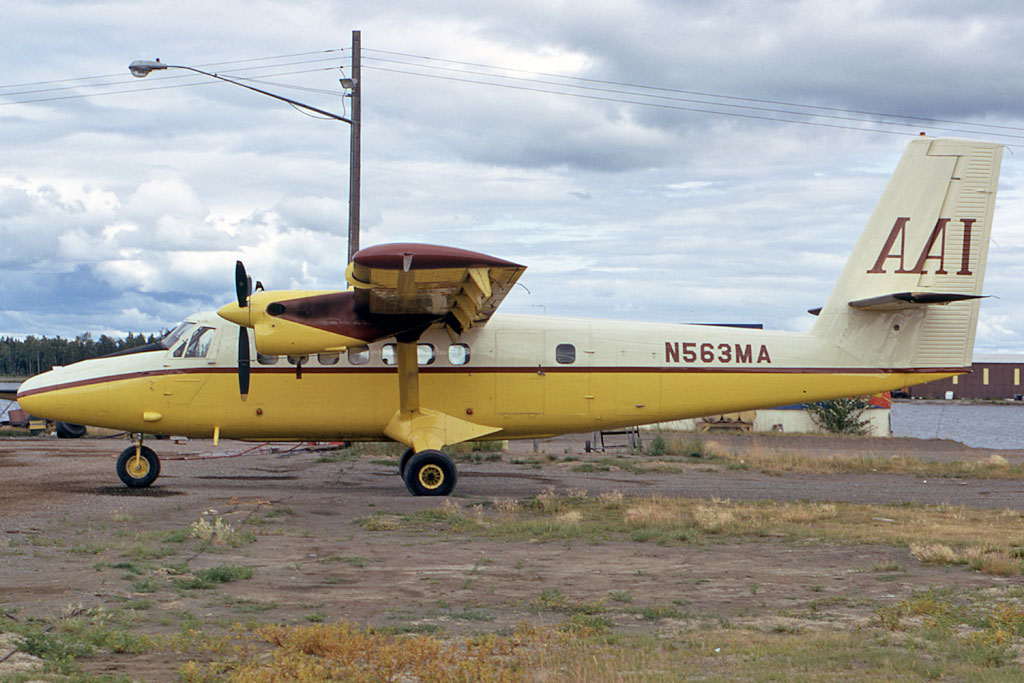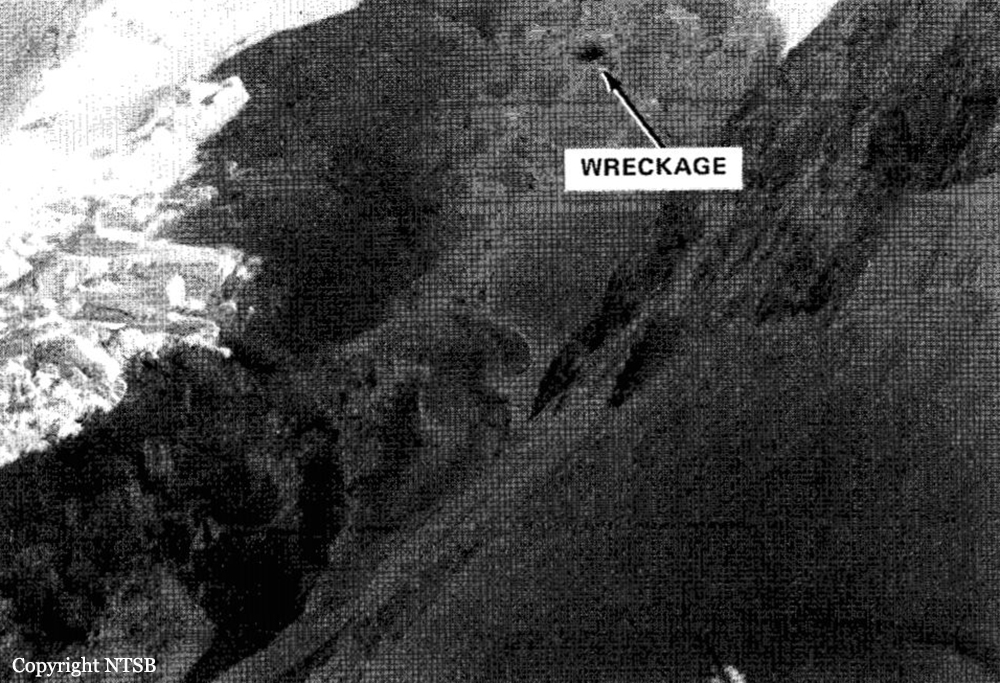Crash of a Douglas DC-7BF in Yakutat: 4 killed
Date & Time:
Sep 12, 1977 at 0012 LT
Registration:
N6314J
Survivors:
No
Schedule:
Yakutat - Anchorage
MSN:
45359/868
YOM:
1957
Crew on board:
4
Crew fatalities:
Pax on board:
0
Pax fatalities:
Other fatalities:
Total fatalities:
4
Circumstances:
Shortly after takeoff from Yakutat Airport, while climbing to a height of 50 feet, one of the engine caught fire. The captain elected to return for an emergency landing when he lost control of the airplane that crashed in flames in a wooded area located 2,5 miles from the airport. The aircraft was destroyed and all four crew members were killed.
Probable cause:
Engine failure during initial climb due to inadequate maintenance and inspection. The following contributing factors were reported:
- Attempted operation with known deficiencies in equipment,
- Powerplant - exhaust system: stacks,
- Valve assemblies,
- Fire in engine,
- Improperly loaded aircraft, weight and CofG,
- Improper emergency procedures,
- Pilot fatigue,
- Aircraft approximately 1,745 pounds over max gross weight,
- Engine not feathered as the autofeather system was not connected,
- 100 octane fuel.
- Attempted operation with known deficiencies in equipment,
- Powerplant - exhaust system: stacks,
- Valve assemblies,
- Fire in engine,
- Improperly loaded aircraft, weight and CofG,
- Improper emergency procedures,
- Pilot fatigue,
- Aircraft approximately 1,745 pounds over max gross weight,
- Engine not feathered as the autofeather system was not connected,
- 100 octane fuel.
Final Report:








